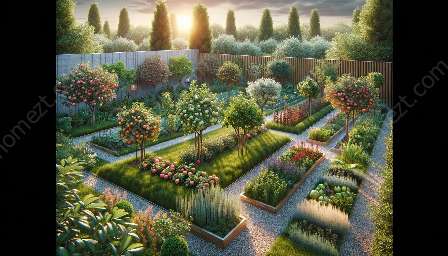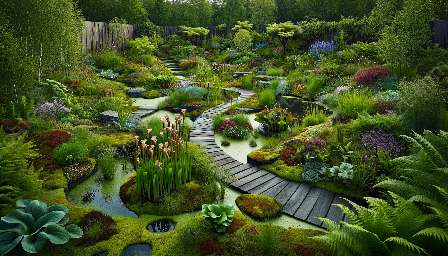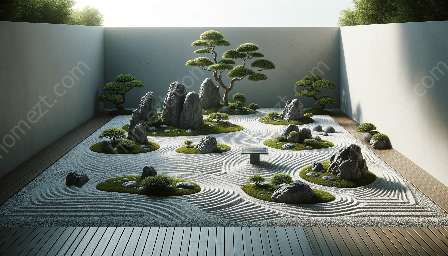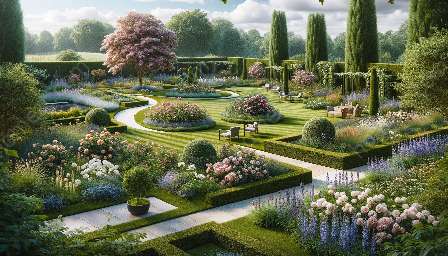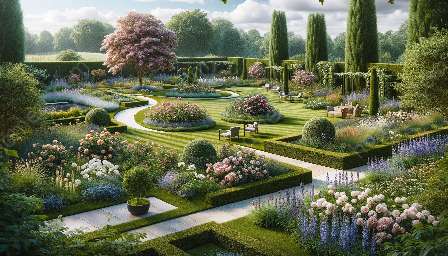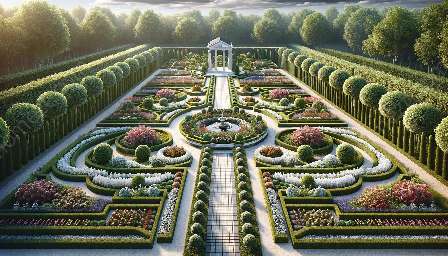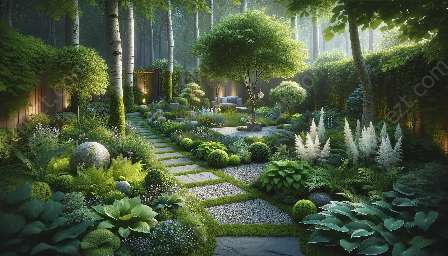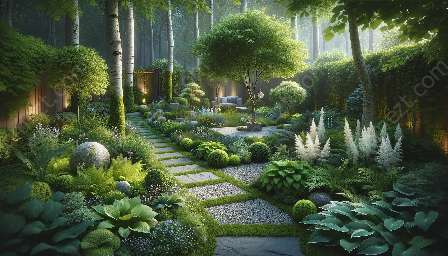Imagine a place where tranquility and serenity reign supreme, where the gentle rustling of leaves and the delicate arrangement of stones create a sense of peacefulness. Welcome to the world of Zen gardens, where the beauty of nature is carefully cultivated to inspire contemplation and inner peace.
The Origins of Zen Gardens
Zen gardens, also known as Japanese rock gardens or dry landscape gardens, have origins in Zen Buddhism, originating in Japan. These gardens were spaces for meditation and contemplation, allowing individuals to connect with nature and find a sense of inner balance and tranquility.
The art of creating Zen gardens was influenced by both Taoism and Zen Buddhism, aiming to represent the essence of nature in a miniature and stylized form. The carefully curated elements of Zen gardens, such as rocks, gravel, and minimalistic plantings, are designed to evoke the essence of nature and the regular changes of the natural world, seasons, and landscape.
Design Principles of Zen Gardens
At the heart of Zen gardens lie specific design principles that guide the creation of these serene spaces. One of the key principles is simplicity, with the aim of creating a space that is free from unnecessary clutter and distractions.
The use of asymmetry in Zen gardens is also crucial, as it allows for a more natural and organic feel. This principle is reflected in the placement of rocks, plants, and other elements, creating a harmonious yet dynamic balance within the space.
Another integral design element is the concept of miyabi, which emphasizes elegance and refinement. This concept is often expressed through the careful selection and placement of elements within the garden, creating a sense of understated beauty and grace.
Elements of Zen Gardens
Zen gardens typically incorporate several key elements that contribute to their transcendental atmosphere. These may include:
- Rocks and gravel arranged in patterns to represent water or other natural formations.
- Minimal vegetation, typically consisting of carefully pruned trees, shrubs, and moss.
- Strategic placement of objects to create a sense of balance and harmony.
Each element serves a specific purpose and contributes to the overall sense of peace and tranquility that defines Zen gardens.
Zen Gardens in Relation to Other Garden Types
While Zen gardens differ significantly from more traditional garden types like flower gardens, vegetable gardens, and herb gardens, they share a common thread in their appreciation and celebration of nature. Where traditional gardens may focus on vibrant blooms or bountiful harvests, Zen gardens aim to capture the essence and spirit of nature itself.
Despite their differences, all types of gardens, including Zen gardens, offer opportunities for personal connection with the natural world. Whether you seek relaxation, sustenance, or spiritual contemplation, the rich diversity of garden types provides a wealth of experiences and opportunities to immerse oneself in the beauty and wonder of nature.
Experiencing a Zen garden offers a chance to step away from the complexities of daily life and find solace in the simplicity and tranquility of nature's elements. From the carefully raked patterns in the gravel to the organic curves of moss-covered rocks, each element and feature of a Zen garden plays its part in creating a space that invites calm and introspection.
Embracing the meditative spirit of Zen gardens can enrich our lives, offering moments of quiet reflection and a deep connection to the natural world. In a world filled with noise and distractions, the timeless appeal of Zen gardens beckons us to find peace and serenity amidst the chaos, reminding us of the inherent beauty and harmony of the world around us.





